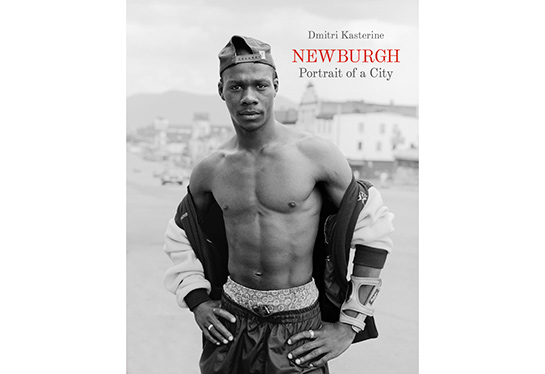Review: Newburgh by Dmitri Kasterine

Every four years, the not-so-fortunate-ones appear in the media, as the Democratic candidate for the US presidency tries to rally supporters. The not-so-fortunate-ones are supposed to vote Democratic, and often they do. Last time around, Republican presidential candidate Mitt Romney, a quintessential plutocrat if there ever was one, was revealed as describing the not-so-fortunate-ones voting Democratic as moochers, lazy people who love to live from government handouts.
Never mind that the not-so-fortunate-ones often are so eager to work that they hold more than one job at a time, doing menial, minimum-wage jobs. In actuality, nobody likes to be unemployed or underemployed. Nobody enjoys having their job shipped to China or elsewhere by the likes of Mitt Romney. Poor neighbourhoods do not in fact enjoy the drug epidemics that with depressing regularity hit them (where they have not become a permanent feature).
Nobody enjoys being unhappy, barely getting by; and I can’t escape the impression that the not-so-fortunate-ones whose ranks have been steadily growing under both Democratic and Republican presidents over the past 30 years do not in fact enjoy having their concerns seemingly only addressed when it’s time to vote, every four years.
The American landscape is littered with not-so-fortunate cities. In 1952, Look Magazine awarded Newburgh, NY, the title “All American City.” Decades later, probably very few people would still think of calling Newburgh that, even though in a sad way, it still is. Being not-so-fortunate, with its houses shuttered, its inhabitants out of work, its neighbourhoods suffering from drug problems, Newburgh is as “All American” as any of those cities whose better times lie way in the past, cities trying to bounce back, often unsuccessfully so.
Dmitri Kasterine started photographing in Newburgh in 1996, taking portraits and the occasional photograph of a house. The work has now been publish as the eponymous book, Newburgh: Portrait of a City. Yet another book, some might be tempted to note (a bit Mitt-Romney-esque), portraying the poor. But then how many more such bodies of work have to be produced before the state of cities like Newburgh is being acknowledged (not as a statistic in the insane “war on drugs”) and addressed (not as lip service during a presidential election)?
Katerine took to photographing this city, producing a great many wonderful portraits, and it is now our duty to look at them. With photography having become a bit too self-centered, a bit too focused on navels and on often petty dramas that don’t invoke anyone but the photographer, this book might serve as a good reminder that there is a world out there, and it’s not necessarily a pretty world.
It’s not necessarily a pretty world, but it will give those who look and care the gift of being able to make wonderful photographs - photographs that are wonderful because of their beauty, and that are wonderful because they show that someone has an interest in the human condition beyond the walls of their own home. This then might make us, the viewers, take an interest as well.
Throw a stone into the water, and hope to see its ripples float outwards - that can be photography.
Newburgh: Portrait of a City; photographs by Dmitri Kasterine; essay by David Dasch; 112 pages; Quantuck Lane Press; 2012